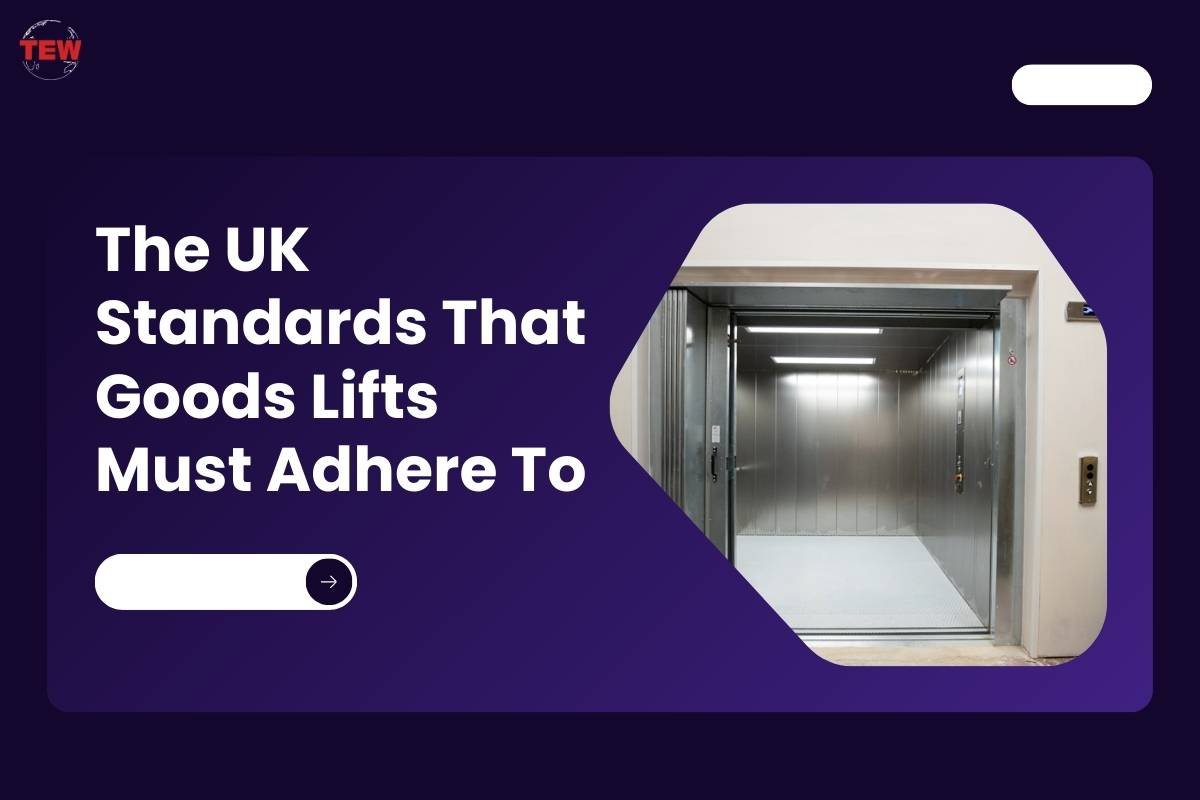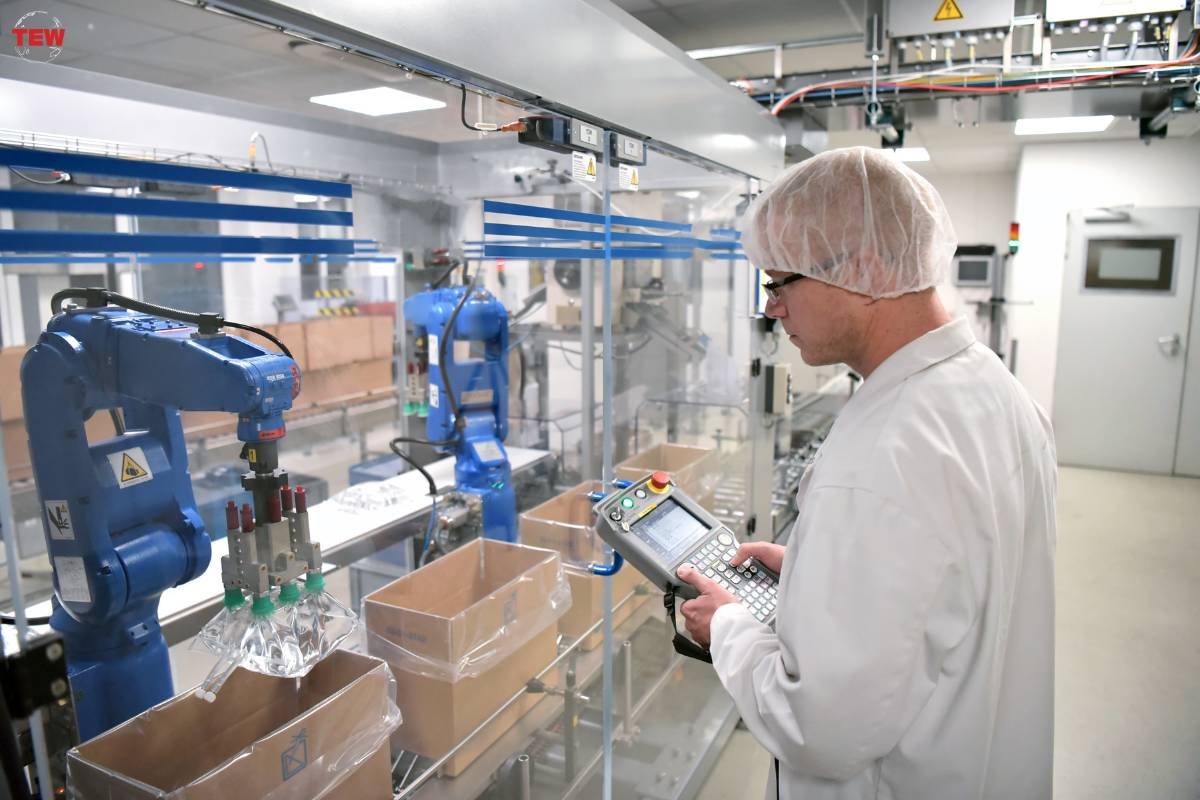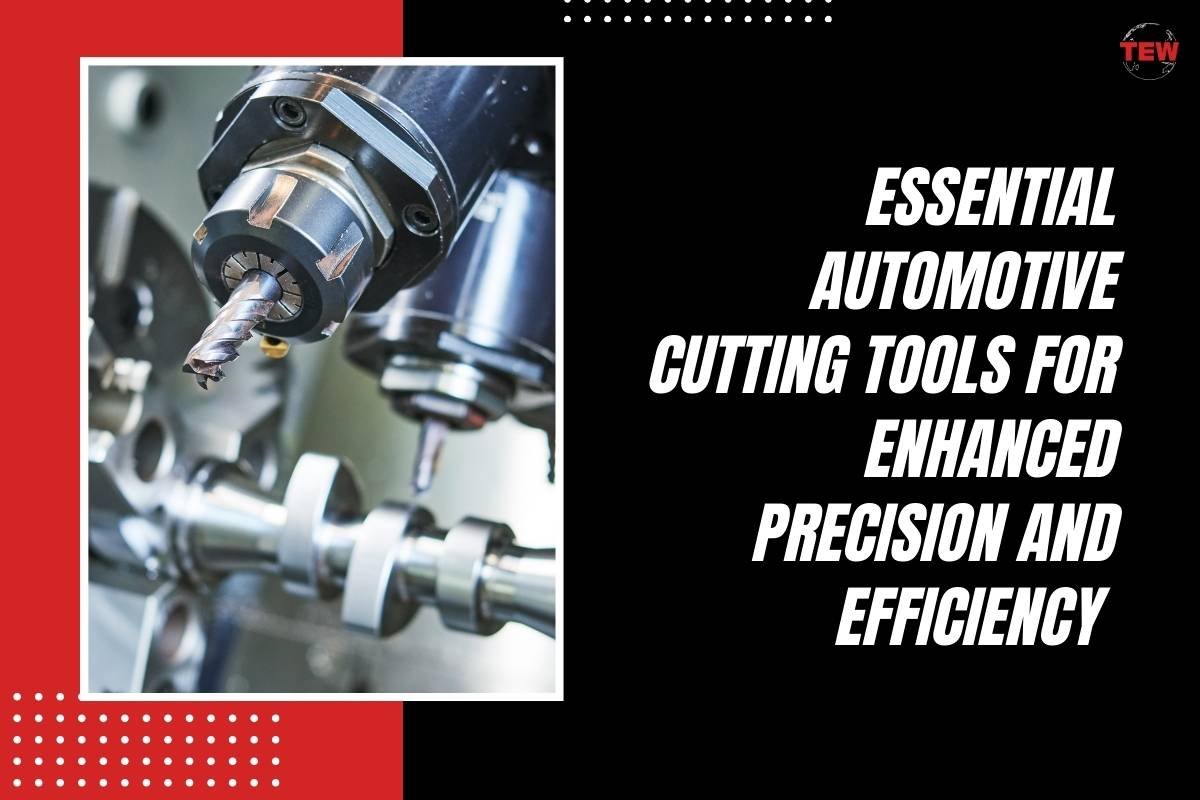In the UK, the construction and use of goods lifts for self-storageoperations are strict. Operators must adhere to various regulations to ensure the safety of their function and operation and operator best practices. Here, we will cover what these are, but if you need further information before you decide on what kind of goods lift will suit your business, consider getting advice from a specialist who can help you ensure you’re ticking all the relevant boxes.
The Machinery Directive (2006/42/EC)
Although not specific to lifts, this nevertheless applies to machinery, including goods lifts for self-storage and sets out essential health and safety requirements for machinery which is placed onto the market or put into service within the European Economic Area.
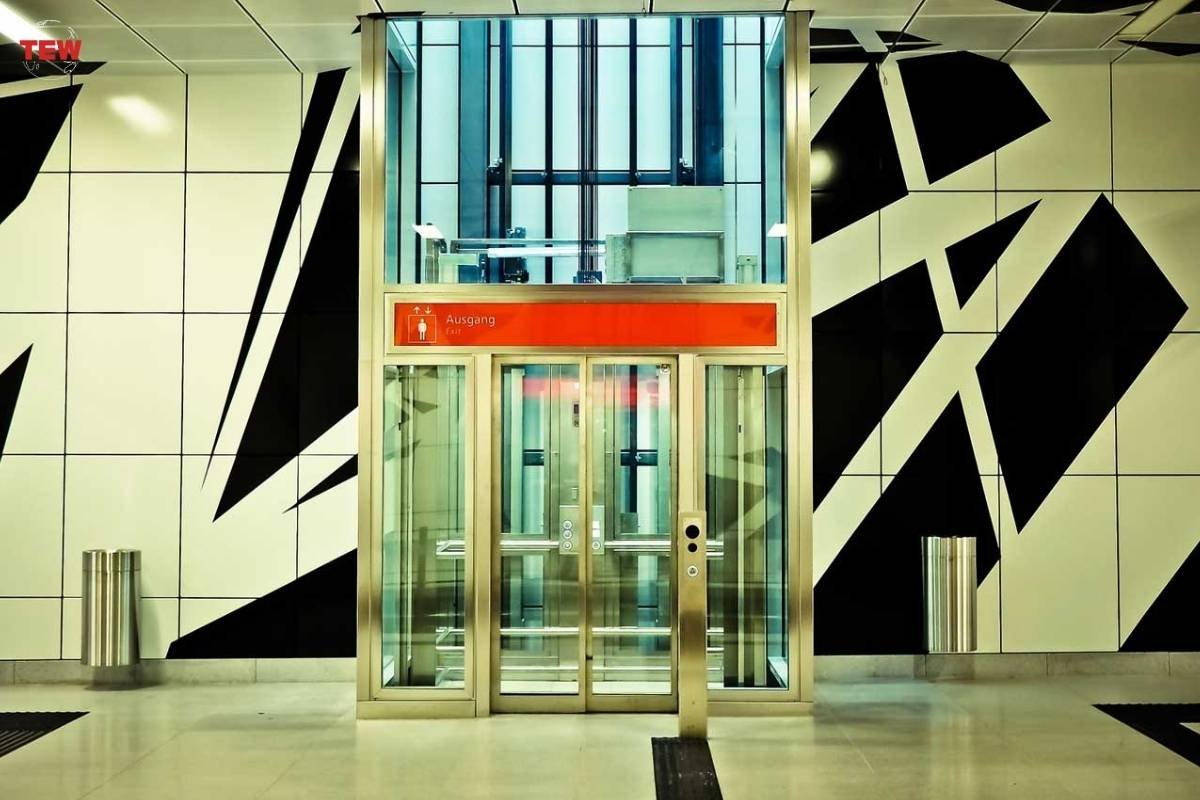
British Standards (BS) and EN 81-31
Various British standards may apply depending on the specific aspects of goods lifts such as BS 5655 which provides recommendations for the safe operation and maintenance of lifts and BS EN 81 which covers lift safety requirements in general.
EN 81-31 covers the safety rules for the construction and installation of lifts specifically designed to carry goods only. It provides requirements for the design, construction, installation and testing of goods lifts.
Goods lifts for self-storage Regulations 2016 (Statutory Instrument 2016 No 1087)
These regulations implement Directive 2014/33/EU of the European Parliament and the Council on lifts and safety components for lifts. They set out requirements for the design, manufacture, installation and conformity assessment of lifts, including goods lifts for self-storage, to ensure they meet essential health and safety requirements.
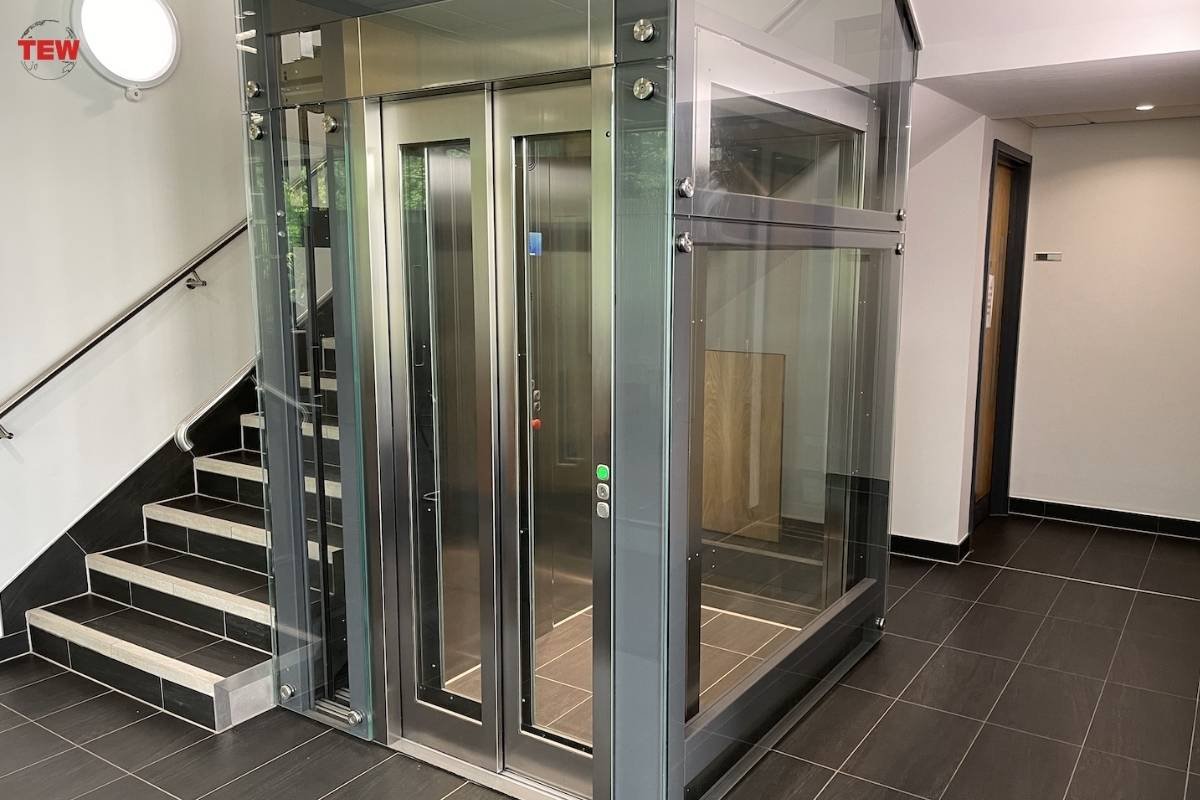
Health and Safety Executive (HSE) Guidance
The HSE provides guidance and advice on lift safety regulations and requirements including those relevant to goods lifts. This guidance helps goods lifts owners, operators and manufacturers understand their legal obligations and ensure compliance with current applicable standards.
Lifting Operations and Lifting Equipment Regulations 1998 (LOLER)
These regulations apply in tandem with the Provision and Use of Work Equipment Regulations (PUWER) and must be adhered to by people and companies who own, operate or have control over lifting equipment. The regulations, covered by PUWER, state that all lifting operations involving lifting equipment, including goods lifts for self-storage, must be properly planned by a competent person and must be appropriately supervised and carried out in a safe manner.
LOLER requires that all equipment used for lifting operations is fit for purpose, appropriate for the task, suitably marked and in some case subject to statutory periodic thorough examination to manage the risks involved and prevent injuries to operators. Thorough examination means that a systematic and detailed examination of the lifting equipment and all safety-critical parts must be carried out at specific intervals by a competent person. *
*A competent person is described as a person who has appropriate theoretical and practical knowledge of the lifting equipment to enable them to identify defects or weaknesses in the equipment and to assess their importance in relation to the safety and continued use of the lifting equipment.
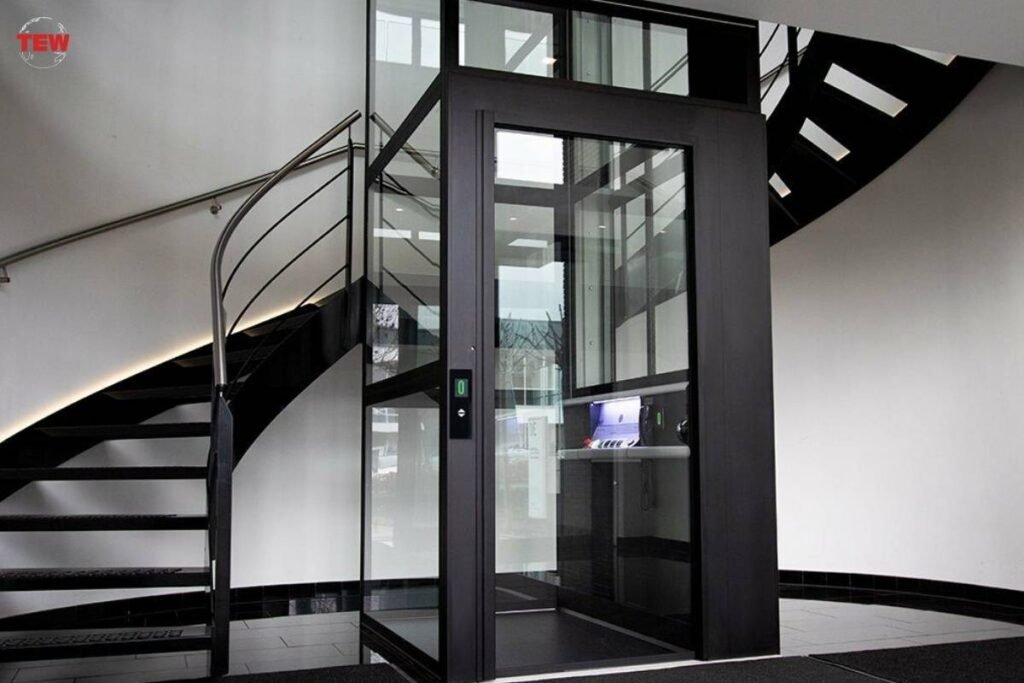
Supply of Machinery (Safety Regulations)
This regulation covers a wide range of industrial machinery, including lifting equipment and lifting accessories, and requires that all machinery – before placed on the market or into service for the first time – is:
· designed and constructed to be safe and meet all relevant essential HSE requirements
· has a technical file compiled showing how the HSEs are met and must be available to the authorities if required
· has appropriate conformity markings
· is accompanied by a Declaration of Conformity.
All regulations and standards aim to ensure the safety of goods lifts for self-storage for users and operators. This is why anyone thinking of upgrading their lifting equipment should seek advice from a reputable company.

